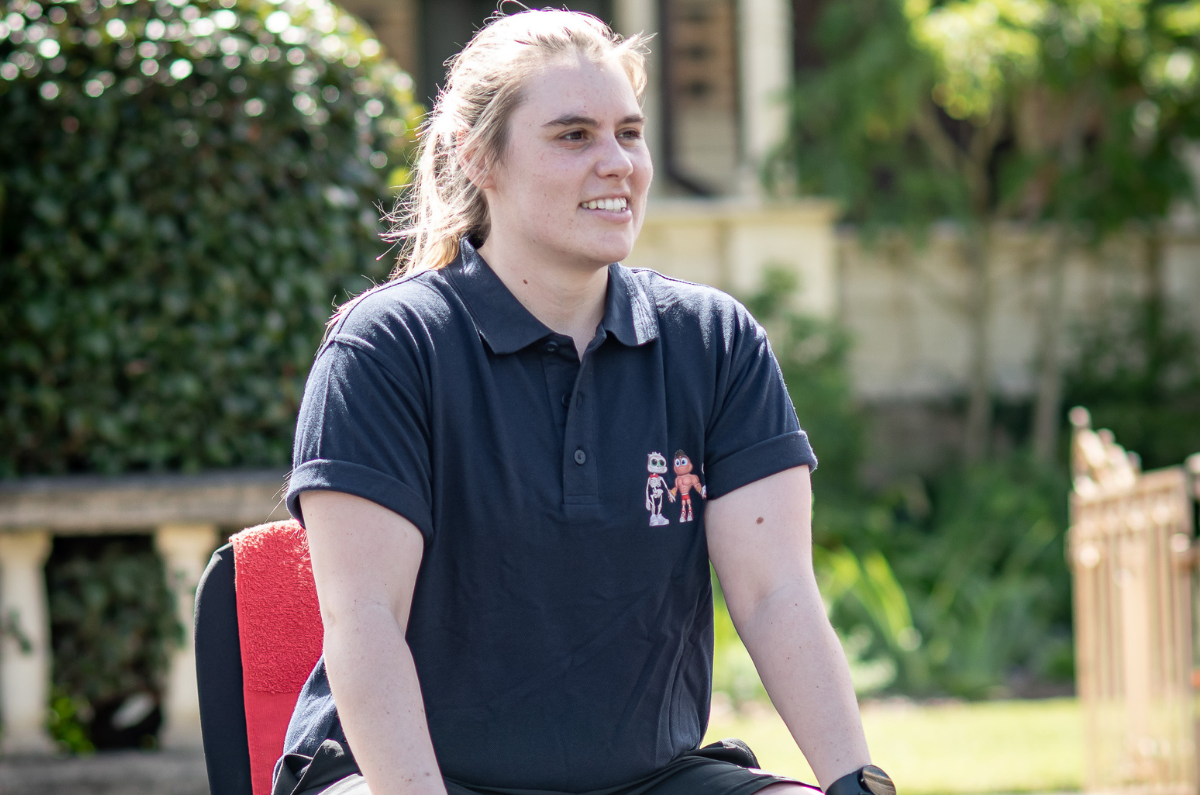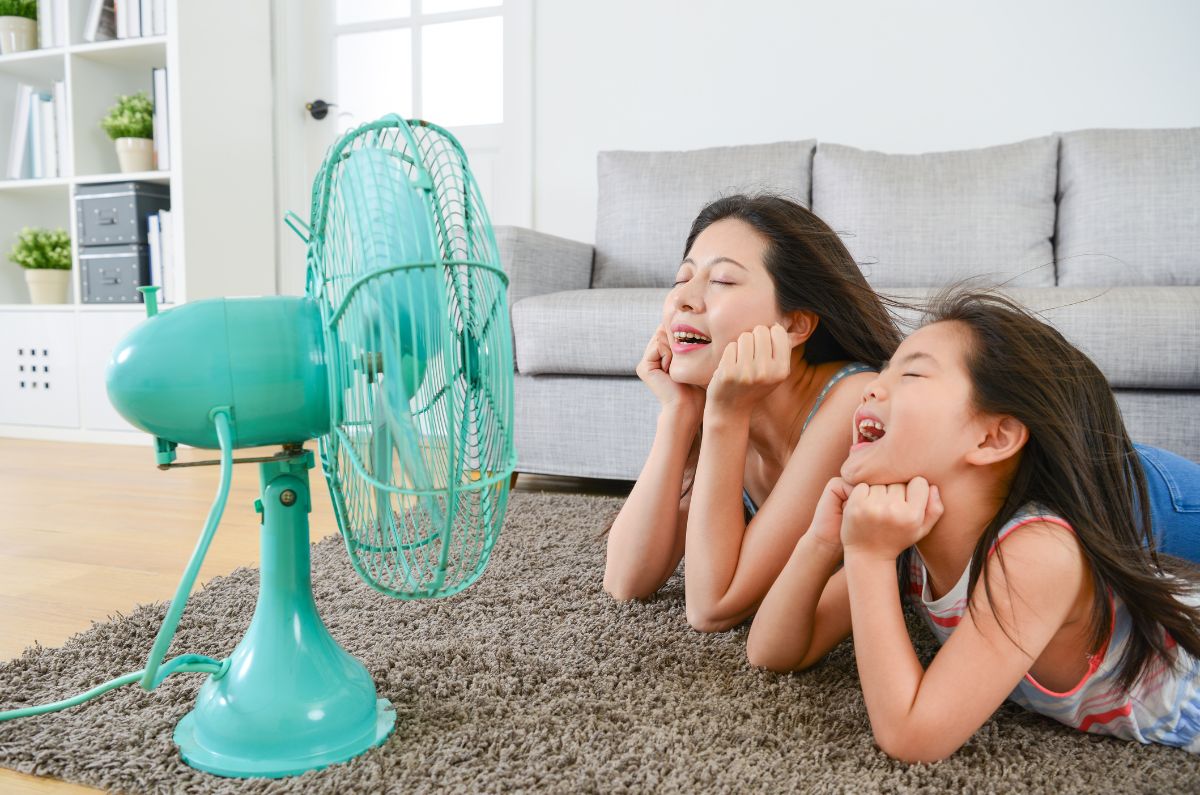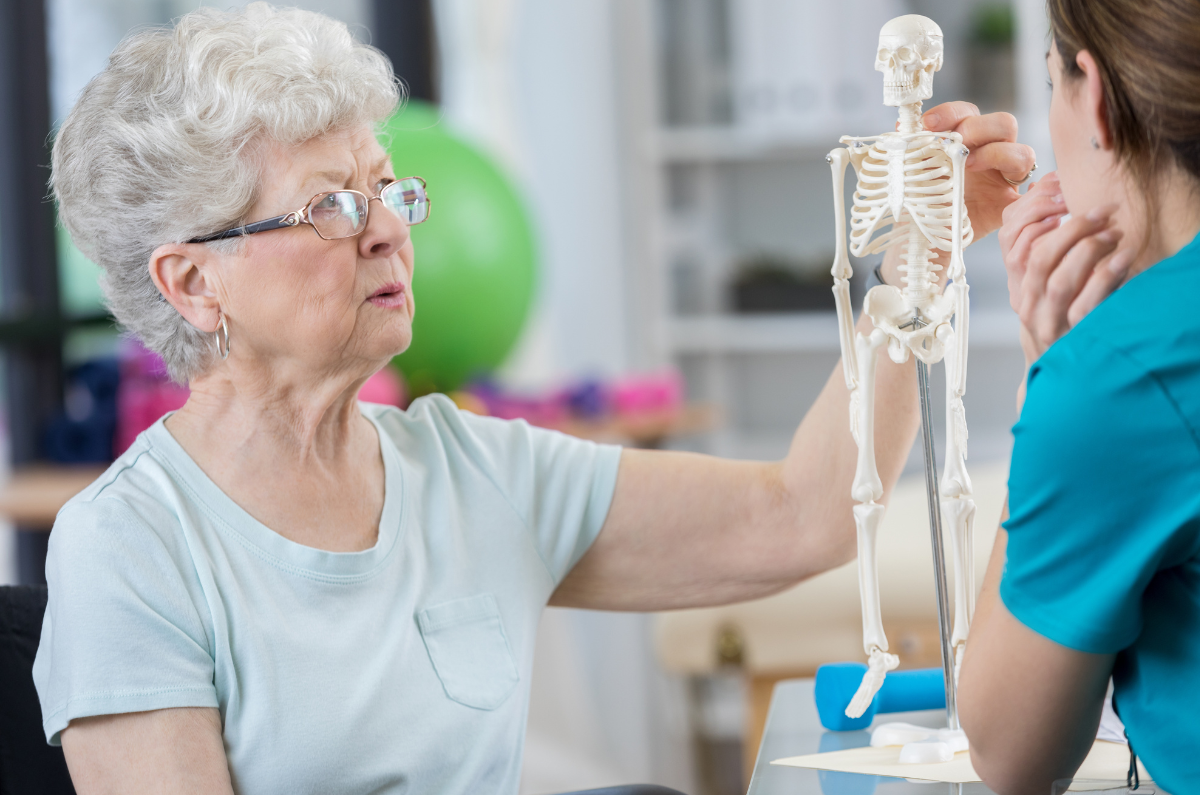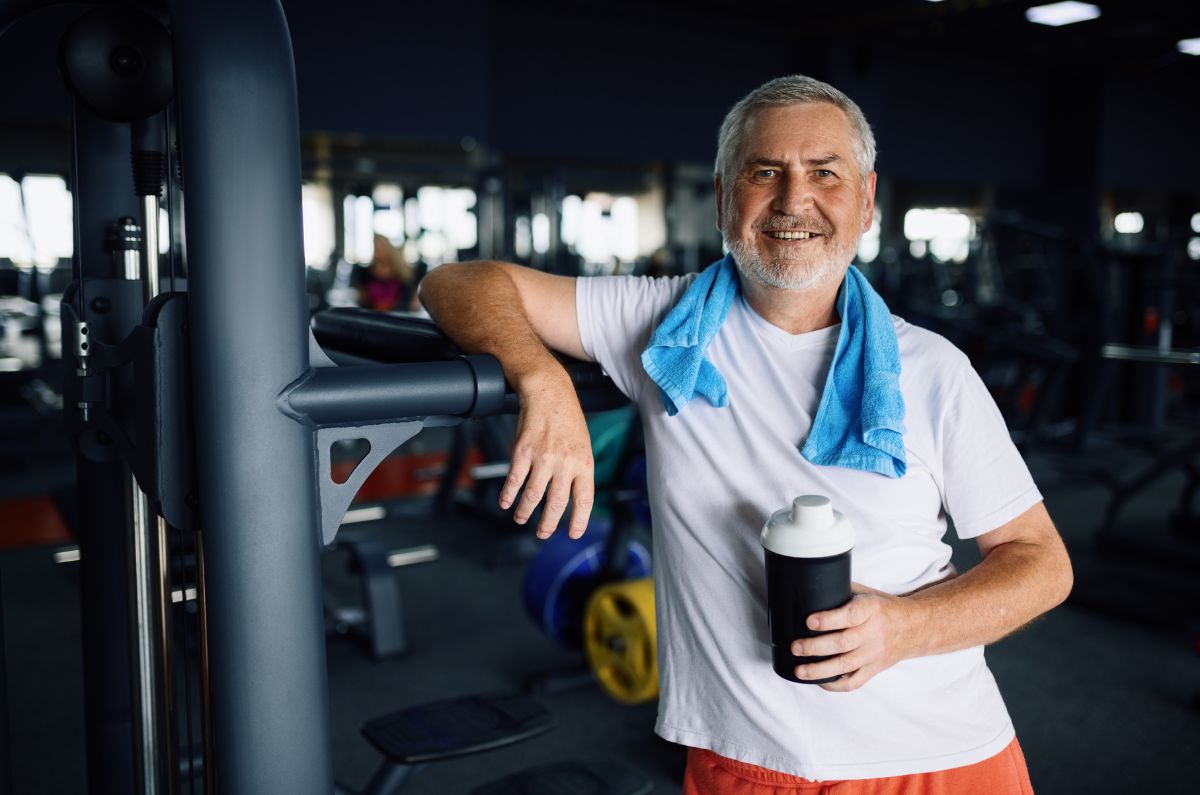Have you noticed how much more fun and rewarding exercising is when you do it with others? Whether with family or friends, in a team or a class, in person or online, exercising together has many benefits.
It motivates you.
It’s much easier to hit snooze and roll over in bed if you’d planned to go for an early morning walk on your own. But if you’re meeting a friend for a walk or a workout, knowing that they’re waiting for you can give you the push you need to get up and pull on your workout gear. If you’ve paid for a class or gym membership, or you are part of a team, the same goes. You don’t want to waste your money or let the team down.
It’s a way to connect with others.
Exercising together is a way to spend quality time with people who are important to us or share our interests. It’s also a great way to meet new people. And this interaction often extends beyond the gym, sports field or walking trail with a coffee or shared meal after your workout.
It provides support and encouragement.
This is particularly important when feeling tired and sore, because we know exercise (at a reduced intensity) can help us manage these symptoms. An exercise buddy can encourage you to start exercising or to keep going.
It can challenge you to push yourself harder.
When you are exercising with others, especially if you are similarly matched in terms of fitness levels, you’re more likely to push harder and spur each other on to increase the intensity of your exercise routine. Progressive workouts provide the best health outcomes over time.
Fitness leaders provide structure and form.
Exercising with a qualified instructor – in person or online – helps ensure your workout has structure. That can include a warmup, workout and a cool down. The instructor can also make sure you are doing the exercises correctly so you get the most benefit, while helping to ensure that you don’t injure yourself.
It’s fun and makes you feel good!
When you exercise, your body releases chemicals such as endorphins, serotonin and dopamine into your bloodstream. They’re sometimes called ‘feel-good’ chemicals because they boost your mood and make you feel good. They also interact with receptors in your brain and ‘turn down the volume’ on your pain system. Combine that with the company of your bestie, kids or partner, and it can be a fun time for everyone.
Finding an exercise class, group or centre that suits you
OK, so you’re motivated and want to join an exercise group. How do you find one that suits you?
- There are lots of free exercise apps, YouTube channels and websites with free online exercise programs. These can be especially helpful when you need or prefer to exercise from home. You can read more about what to consider when looking at online exercise programs in this article.
- MHA has a free chair-based video workout series designed to help you build strength, endurance and confidence. It is an inclusive and accessible form of exercise for everyone with a workout for every fitness level.
- Neighbourhood houses and community centres are ideal starting points to find options for exercise close to you. Visit the Australian Neighbourhood Houses and Centres Association Members page to find your state or territory’s website, where you can then search for local houses or centres and find exercise programs they offer.
- Local councils are also a good source of information about exercise programs. Go to your local council’s website and search ‘exercise classes’ to see what they offer.
- Some larger gyms and physio centres have heated indoor swimming pools where you can swim laps or join a warm water exercise class. You can also search online for classes held at community swimming centres.
- Walking groups are a fun way to get active, meet new people and socialise. The Heart Foundation has over 1200 walking groups around Australia, you can search for one close to you here.
- parkruns are free, weekly community events are held all around the world with 5km walks and runs in parks and open spaces on Saturday mornings. Everyone is welcome, there are no time limits, and no one finishes last!
- AUSactive has an online directory of personal trainers and businesses. If you’re looking for an exercise class in your area, select Find a Business, click on Group exercise classes and type in your suburb. It’s that simple!
Contact our free B.A.M. Helpline
If you have questions about managing your pain, your musculoskeletal condition, treatment options, mental health issues, telehealth, or accessing services, be sure to call our Helpline weekdays between 9 am to 5 pm on 1800 263 265; email helpline@muscha.org
More to explore
- Exercise with a friend Better Health Channel
- Group exercise may be even better for you than solo workouts – here’s why The Conversation, December 2020
- The World’s Biggest Sit In Get started with chair-based exercise and join in a world record attempt for the largest chair-based exercise class

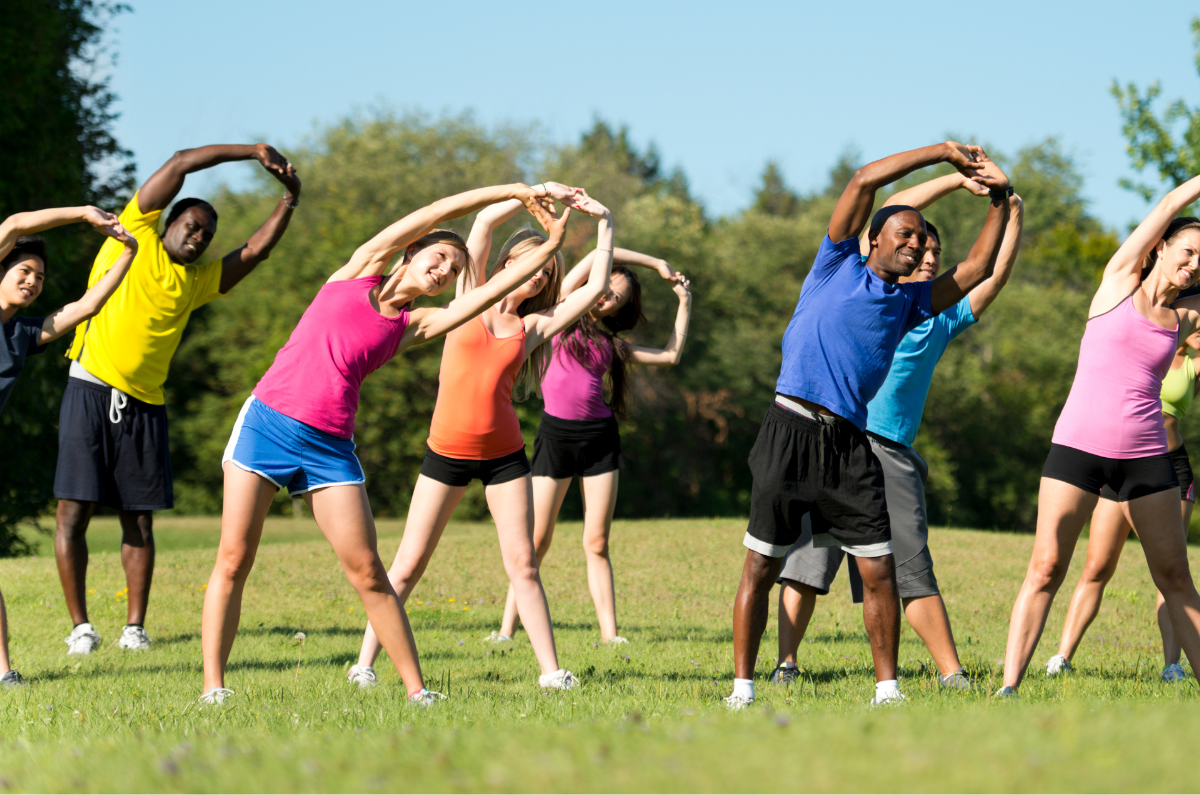


 Saturday, March 8 is International Women’s Day. The day is an opportunity to celebrate the achievements and contributions of women around the world. It’s also an important time to shine a light on a health issue that disproportionately affects women globally – musculoskeletal conditions.
Saturday, March 8 is International Women’s Day. The day is an opportunity to celebrate the achievements and contributions of women around the world. It’s also an important time to shine a light on a health issue that disproportionately affects women globally – musculoskeletal conditions.